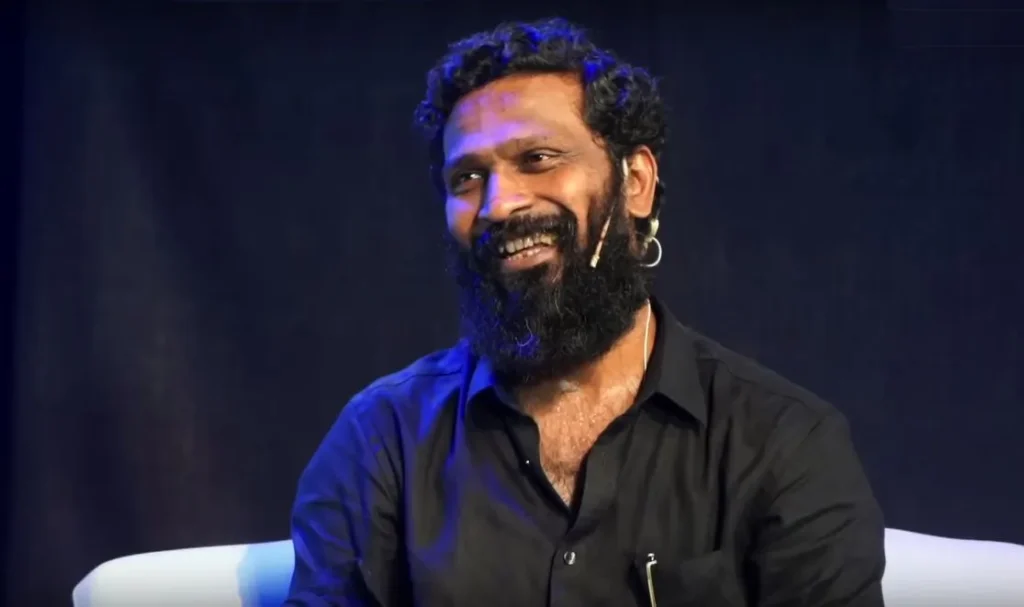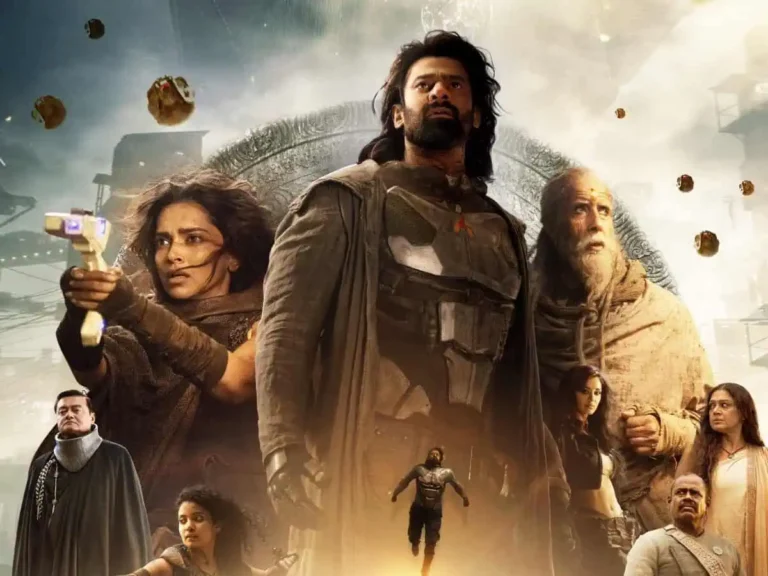The maverick filmmaker talks about his early experiences, the origin of his style, and more in Part 1 of a three-part masterclass
Edited excerpts:
The first day of filming.
I didn’t have many issues with Polladhavan. If you’re asking about the nervousness, memory… I was not nervous on my first day of the shoot. But previously, for Desiya Nedunchalai, I did a photoshoot with Dhanush. Salem Chandrasekhar sir was the producer. We wanted to do it at the actual location, though we could’ve done it on the floor. But we got carried away. It was on the Bangalore highway. The closest decent hotel from our location was 40 km away, in Ranipet, where Dhanush was staying, and we were staying at a motel nearby, a small crew comprising my friends and assistants. The night before, there was a sense of doubt… I was a bit anxious. Dhanush made me very comfortable. He never interfered in what I was doing. I was alright in half an hour. On the first day of the shoot, I needed to shoot events at a bank. We needed a location with twenty computers, which we found. But on the previous evening, they said they couldn’t get the place. We couldn’t afford the 1 lakh rupees rent they asked for. Then they suggested a place with some old computers, which was bad and I didn’t know what to do. So I called Aarthi (spouse), who was working in an IT company at the time, and asked her to check if she could get permission to shoot for a day at her office. She called back in ten minutes and said it was okay. So we shot the first day in her office.

Learning from Godard and Balu Mahendra.
Godard’s jump-cuts, for instance, are poetry. He doesn’t do it to reduce the footage. The other day, I saw Mrinal Sen’s Padatik. The way he has taken inspiration from Godard… I found that to be very interesting. Godard’s jump-cuts are not just about reducing footage; it’s very motivated, it’s very beautiful, it’s very psychologically motivated. Once, while talking about editing, Balu Mahendra sir said, “Editing is not what you see. It is what you want to see.” For instance, we have a wide shot now, and we are sitting here: if I do something that’s drawing attention, the audience wants to see it in detail, so I go closer to it. So the example that sir gave was, “The three of us are sitting and talking here. When you hear a huge explosion from a bus stand, immediately my mind wants to see that, so you just show it and then come back here.” That’s how the edit works. And Godard was really into that. The one thing I learnt a lot from Balu Mahendra sir was editing — the way he does match-cuts and the way he psychologically motivates it. I pushed those aspects a bit more for my convenience. And Godard helped me do that. His films feel fresh even today. I saw Breathless a few years ago. The editing surprises you.
Watch the full conversation at:



